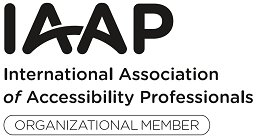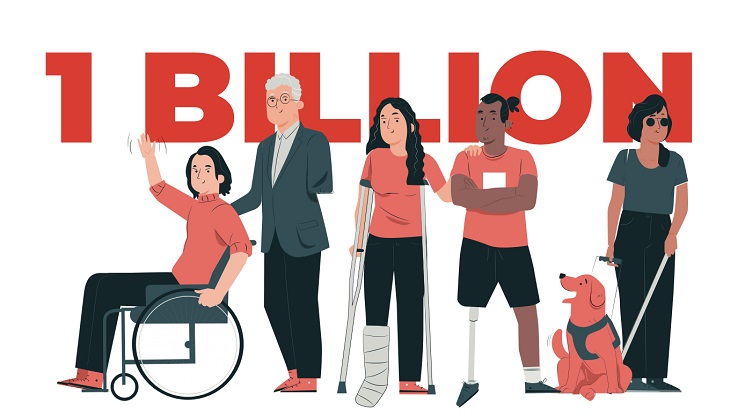Introduction to Accessibility
Internet Perspective
Quick facts
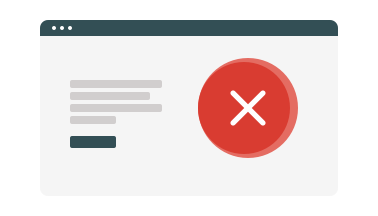
97.4%
of Websites Fail to Comply With Accessibility Requirements for People With Disabilities. (as of February 2021)
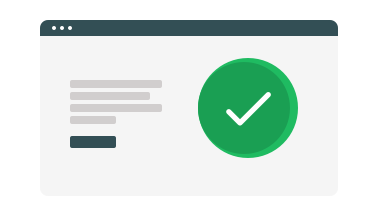
1%
only meet the most widely used accessibility standards.

73%
of disabled users experienced barriers on more than a quarter of websites they visited.
Why bother?
Major benefits of thinking accessible

Better world
Everybody needs to understand that accessibility is about them - future them, ill them, injured them, distracted them - and the people they care about and work with.

More customers
Based on this survey’s findings, we estimate that 7.15 million disabled internet users in the UK have access needs; an increase of more than 1 million since 2016.
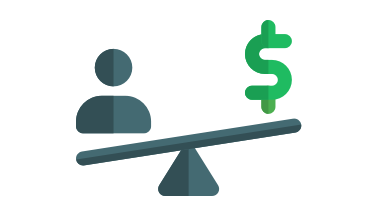
Prevention of lawsuits
In 2020 almost 10 lawsuits were filed every business day.
“Accessibility should not be seen as a compliance-focused initiative but as a customer experience imperative.“
Main disability categories
There are many reasons why people face barriers when using the internet.
Disability types
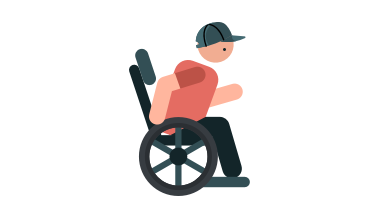
Permanent
Disabilities from birth, an illness, disease, or accident, or those impairments that may develop with age.
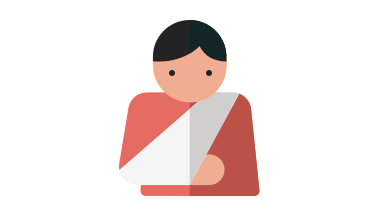
Short-term
Result of injuries, surgery, or short-term medical conditions. Examples of temporary disabilities may include, but are not limited to: broken limbs, hand injuries, concussions, or short term impairments following surgery or medical treatments.

Situational
For example, in a large crowd people can’t hear well, struggle when they are trying to browse in bright light where reflections can impact readability, etc. If you’re a new parent many tasks need to be completed one-handed.
“Accessibility is essential for some, useful for all.“
“Technology is here to solve human problems.“
Bewezen competentie
Onderscheidingen en certificeringen
